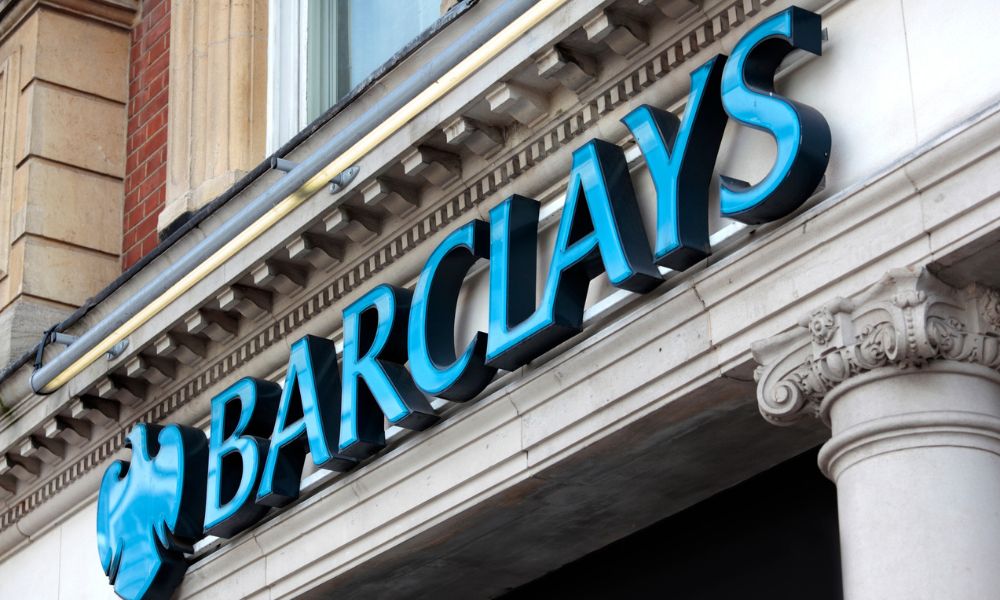In recent financial news, the announcement by Barclays regarding mortgage rate cuts has captured the attention of potential homeowners and investors alike. While reductions in mortgage rates may seem like a straightforward economic measure, the implications are multifaceted and can significantly influence both individual financial health and broader market dynamics.
The decision to lower mortgage rates is often initiated to stimulate borrowing. Lower rates create an attractive environment for home purchases, allowing more individuals to consider investing in property. This can herald the onset of a revitalized housing market, as prospective buyers who were previously deterred by high-interest rates might now find homeownership within reach. With Barclays taking this pivotal step, the landscape of borrowing is set to evolve, prompting multifarious reactions from consumers and policymakers alike.
For those contemplating the purchase of a home, the direct benefits of mortgage rate cuts are substantial. A lower interest rate means reduced monthly payments, which can free up financial resources. This liberation of capital can empower buyers to allocate funds toward home improvements or to strengthen their savings reserves. Consequently, the ripple effect may bolster local economies, as increased disposable income translates to heightened consumer spending.
Understanding the mechanics behind mortgage rates is essential for grasping their significance. Mortgage rates are typically influenced by a variety of factors, including inflation, the central bank’s monetary policies, and overall economic conditions. When a major institution like Barclays reduces its rates, it may signify a broader trend or reactive measure to economic pressures. Such shifts in interest rates often compel other lenders to adjust their offerings, creating a more competitive market for borrowers. This dynamic can further drive down rates across the board, challenging traditional lending practices and benefitting consumers largely.
However, alongside these advantages exist certain caveats. It is imperative for potential borrowers to scrutinize the full context of mortgage agreements. While a lower rate may appear attractive, buyers should be diligent in evaluating the associated terms and conditions. Some lenders may offset lower rates with steep fees or unfavorable clauses that could ultimately negate the perceived benefits. Hence, thorough research and comparison are crucial in navigating the lending landscape.
The influence of mortgage rate cuts extends beyond immediate consumer benefits; it permeates into the broader economic spectrum. A spike in home purchases traditionally stimulates various sectors, including construction, manufacturing, and services. This surge can create jobs, invigorate supply chains, and catalyze a tangible increase in GDP. As Barclays’ decision penetrates the market, analysts will be keenly observing subsequent trends in home construction and employment statistics to gauge the overall economic impact.
In addition to traditional homebuyers, this reduction could ignite interest from investors, particularly those in the rental property market. Lower borrowing costs can enhance cash flow from investment properties, enabling landlords to expand their portfolios with less financial strain. In turn, this may contribute to an increase in available rental properties, potentially alleviating pressures on rental markets, especially in high-demand urban areas. Such adjustments can lead to a more balanced housing market, where both buyers and renters can find their needs met.
Moreover, the environmental implications of increased housing activity cannot be overlooked. The construction of more homes under favorable mortgage conditions raises pertinent questions regarding sustainable practices. As demand for housing surges, emphasis on eco-friendly building materials and energy-efficient designs becomes paramount. Innovations in green construction could parallel the uptick in home purchases, ensuring that as more people acquire homes, they do so in a manner that aligns with the principles of sustainability.
Furthermore, with a growing focus on climate change, lenders, including Barclays, may start to integrate environmental considerations into their lending criteria. This could manifest as preferential rates for homes that meet certain sustainability benchmarks, rewarding buyers who make environmentally conscious decisions. Such initiatives could encourage the proliferation of energy-efficient homes, setting a precedent for how the housing market evolves in the face of climate imperatives.
In conclusion, Barclays’ announcement of mortgage rate cuts represents a pivotal moment for both individual consumers and the housing market at large. While the immediate benefits of more attractive borrowing conditions are clear, the ripple effects on the economy and environmental practices demand thoughtful consideration. As individuals navigate their options in light of these cuts, a comprehensive understanding of the broader implications will be essential for making informed decisions.
In a world increasingly grappling with the consequences of climate change, the intersection of finance, housing, and sustainability will undoubtedly shape the future landscape of homeownership. The choices made today can either pave the way for an inclusive and sustainable housing market or hinder progress towards a more equitable economic framework. With Barclays leading the charge, the onus now falls on consumers, policymakers, and industry stakeholders to embrace this opportunity for transformative change.
